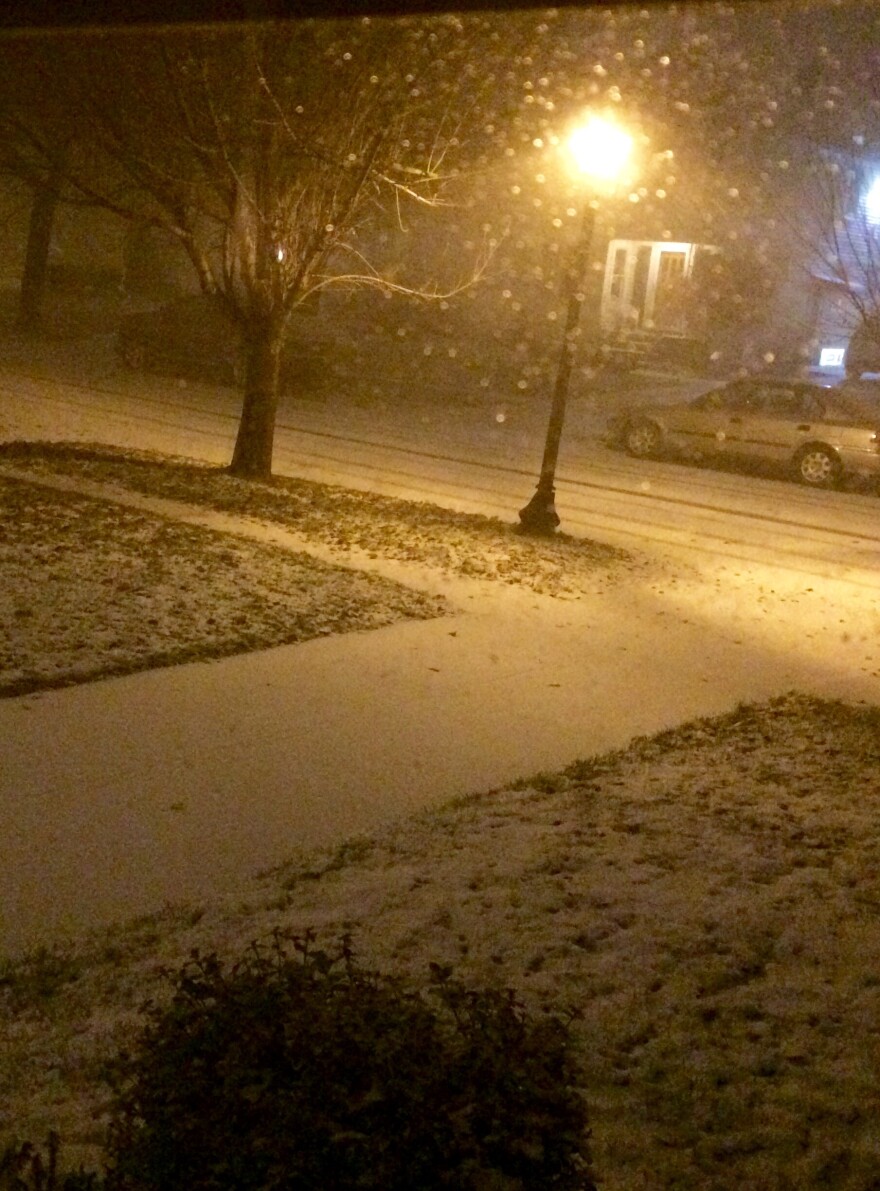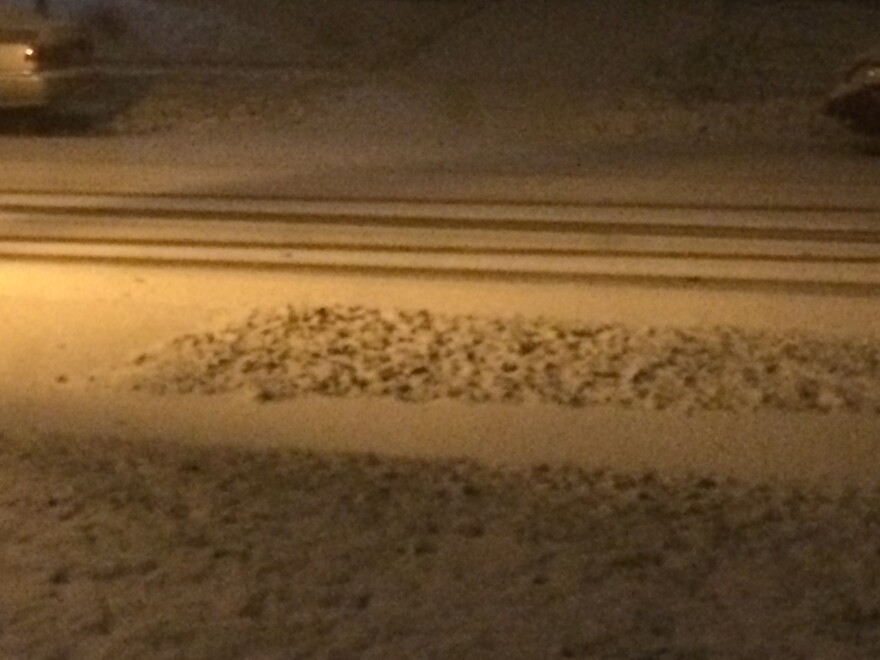Governor Andrew Cuomo activated the New York State Emergency Operations Center in Albany Monday night in response to a Lake Effect storm in Western New York and the Watertown region.
With two feet of snow on the forecast for parts of the state, Cuomo will keep the emergency operations open through Wednesday night.
"As heavy snow falls on parts of the state, we are ensuring that resources will be made available to keep residents safe and clean up after the snow,” Governor Cuomo said. "Travel will be difficult and dangerous, and although New Yorkers should avoid unnecessary trips, I urge those who must drive to exercise great caution."
The New York State Department of Transportation will be moving 8 additional plows and 36 operators and supervisors from around the state to Western New York to assist with snow removal operations.
The Thruway Authority is also moving the following additional equipment and personnel to western New York: nine heavy duty plow trucks, two front end loaders and two large snow blowers, as well as nine plow operators.
The Governor's office issued the following tips for citizens:
Some of the most important tips for safe winter driving include:
- Never follow a snowplow too closely or attempt to pass one. Remember that the highway ahead of the plow is usually snow-covered;
- Adjust speed for road conditions and maintain a safe distance from other vehicles;
- Schedule extra time for winter travel and be patient during ice and snow removal operations;
- Assume that bridge surfaces are slippery, as they freeze more quickly than road surfaces;
- Be wary of black ice, which can be difficult to see but makes conditions slippery when pavement temperatures are below freezing;
- Have a cell phone handy, if possible, but do not text while driving; distracted driving is illegal and becomes even more dangerous during storm events;
- Never venture from your vehicle if snowbound;
- Equip your car with emergency supplies including sand, shovel, flares, booster cables, rope, ice scraper, portable radio, flashlight, blankets and extra warm clothes;
- Inform a responsible person of your destination, intended route, and estimated time of arrival; and
- Keep calm and do not panic in case of a vehicle breakdown, accident, or if you become snowbound.
Motorists should also include the following emergency items in their vehicles:
- Flashlight with extra batteries
- Charged cell phone and automobile charger
- Basic first-aid kit
- Blankets or sleeping bags
- Extra clothes, including rain gear, boots, mittens, and socks
- Windshield scraper and brush
- Fire extinguisher
- Shovel
- Sand, road salt and/or cat litter for traction
- Tire chains or traction mats
- Basic tool kit, including pliers, wrench, and screwdriver
- Tow rope
- Battery jumper cables
- Road flares/reflectors
- Brightly colored cloth (to use as a flag)
- Road maps

Snow staring falling over parts of metro Buffalo and Kenmore Monday night with lighting and thunder.

